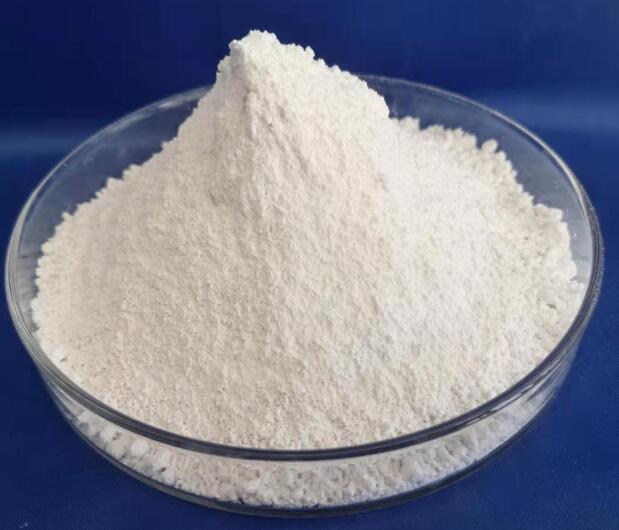Surface modification of industrial brucite powder: a key technology to improve the performance of polymer-based composites

In the field of polymer matrix composite materials, surface modification technology of inorganic fillers is an important means to improve the comprehensive performance of materials. Industrial brucite powder, as an inorganic filler with excellent flame retardant properties and high thermal stability, its surface modification research is of great significance for expanding its application range.
Purpose of surface modification of brucite powder
Improve dispersion: Reduce agglomeration in the polymer matrix and ensure uniform distribution of fillers.
Improve compatibility: Enhance the interfacial bonding force between brucite powder and polymer through surface treatment.
Improve functionality: Give brucite powder additional properties, such as enhanced flame retardancy or improved electrical properties.
Overview of modification methods
Chemical modification: Apply chemical substances such as organosilane coupling agents and fatty acids.
Physical modification: Use technologies such as ultrasonic waves and ball milling to improve dispersion.
Composite modification: combine chemical and physical methods to achieve synergistic effects.
Modifier selection and application
Silane coupling agent: such as KH550, which significantly improves compatibility with polymers.
Fatty acids: Improve the surface hydrophobicity of brucite powder, such as stearic acid and oleic acid.
Other modifiers: including titanate, aluminate, etc., used for specific performance improvements.
Characterization methods and performance evaluation
Infrared spectroscopy (FTIR): confirms the adsorption of modifiers on the surface of brucite powder.
Scanning electron microscopy (SEM): Observe morphological changes and evaluate dispersion.
X-ray diffraction (XRD): detects changes in crystallinity.
Thermogravimetric Analysis (TGA): Assess thermal stability.
Dispersion test: use laser particle size distribution analyzer or optical microscope.
Compatibility test: evaluated by DMA or DSC.
Mechanical property testing: Conduct tensile, bending and other tests.
Practical application areas
Flame retardant: As a highly efficient flame retardant, it improves the safety of polymer products.
Fillers: Enhance the mechanical properties of plastics, rubber and other products.
Coatings and Coatings: Manufacture of fire-retardant coatings and improved heat resistance of coatings.








